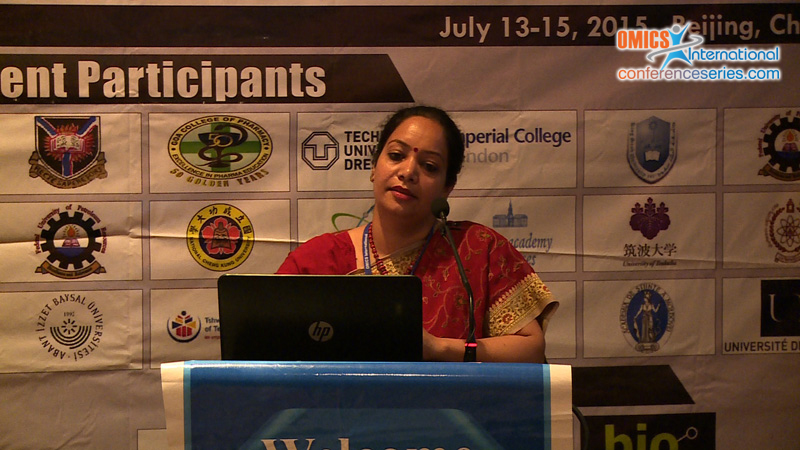
Nipunjot Kaur Soni-Bains
Khalsa College, India
Title: Control of protease activity in S. pombe using gene silencing approach
Biography
Biography: Nipunjot Kaur Soni-Bains
Abstract
Amongst yeasts, the fission yeast Schizosaccharomyces pombe, is an attractive host model for high-level protein production and functional analysis of eukaryotic proteins as it shares many molecular, genetic and biochemical features with higher eukaryotes such as plants and animals, and is distinguishable from other yeasts through its ability to proliferate by fission rather than budding. Furthermore, S. pombe has a developed Golgi apparatus and galactosy ltransferase that is not found in other yeast cells. However, one of the major hurdles in efficient production and purification of heterologous proteins from S. pombe is proteolytic degradation of the recombinant gene products by host-specific proteases. The problem becomes significant when the recombinant protein under production, is secretory and proteolytically sensitive in nature. Present study aims at controlling the protease activity by gene silencing approach. RNA silencing is an evolutionarily conserved gene regulatory mechanism with many species-specific variations by which double stranded RNA (dsRNA) causes sequence-specific degradation of mRNA sequences. It has become a powerful tool for genetic analyses and is likely to become a potent therapeutic approach for gene silencing. A Protease silencing cassette was designed to impede the protease enzyme post trascriptionally. Since all proteases do not attack all proteins, only protein specific protease is sought to be silenced as a test case in this study. Human Parathyroid hormone having a chain of 115 AAs was selected as model protein and the silencing of protease responsible for its degradation was studied as a test case.
Speaker Presentations
Speaker PPTs Click Here

